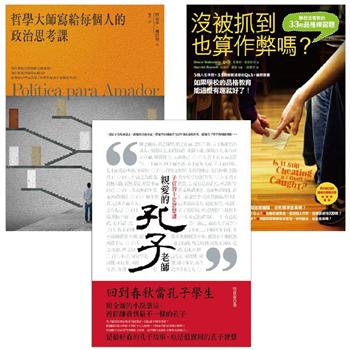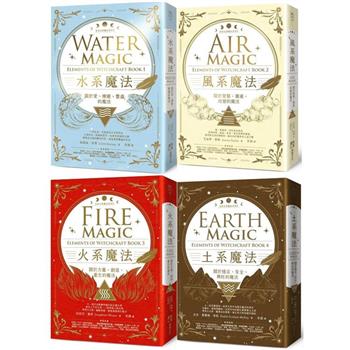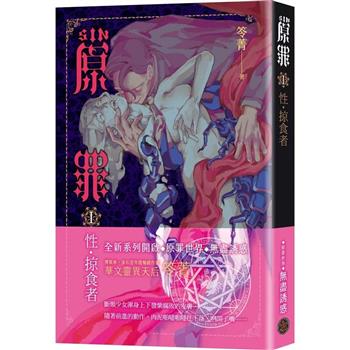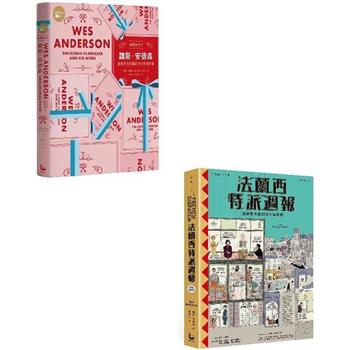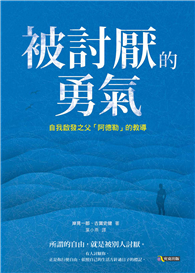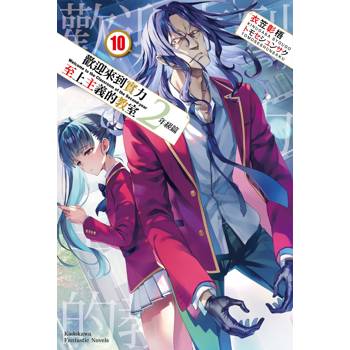The war in Ukraine has highlighted the increased efficacy of drone attacks against critical infrastructure such as the Kerch Strait bridge. In this 2023 document, the Army Corps of Engineers responds to a request from the Federal Highway Administration to survey available materials for armor protection of bridges. Coming soon to the crucial bridge near you: armor!Readers should want to read this document because it provides valuable information on the mechanical properties of metals used in armor-plating and bridge protection. This knowledge is relevant to the current public issue of national security and counterterrorism measures, as it can contribute to the development of effective armor systems and countermeasures to protect critical infrastructure from terrorist attacks. Additionally, understanding the mechanical properties of these metals is crucial for various industries, including automotive, construction, and manufacturing, which are currently facing increasing demand for stronger and more durable materials in infrastructure development. This document provides a comprehensive review of the mechanical properties of various metals, including iron, titanium, nickel, cobalt, and aluminum alloys. It focuses on the behavior of these metals under different loading conditions, such as quasi-static and dynamic loading. The document discusses the effects of alloying elements, processing methods, temperature, and strain rate on the mechanical properties of these metals. It includes data on the ultimate tensile strength, total elongation, and deformation behavior of these metals. The document emphasizes the importance of understanding the properties of these metals for the development of composite armoring systems to protect critical bridges from terrorist attacks. Additionally, it provides information on the blast effects and explosions on iron and steel bridges and their protection. This annotated edition illustrates the capabilities of the AI Lab for Book-Lovers to add context and ease-of-use to manuscripts. It includes several types of abstracts, building from simplest to more complex: TLDR (one word), ELI5, TLDR (vanilla), Scientific Style, and Action Items; essays to increase viewpoint diversity, such as Grounds for Dissent, Red Team Critique, and MAGA Perspective; and Notable Passages and Nutshell Summaries for each page.
| FindBook |
|
有 1 項符合
Material Specifications for Attack Countermeasures on Bridges的圖書 |
 |
$ 1264 | Material Specifications for Attack Countermeasures on Bridges
作者:Long 出版社:Nimble Books 出版日期:2024-02-27 語言:英文 規格:平裝 / 114頁 / 27.94 x 21.59 x 0.61 cm / 普通級/ 初版  看圖書介紹 看圖書介紹
|
|
|
圖書介紹 - 資料來源:博客來 評分:
圖書名稱:Material Specifications for Attack Countermeasures on Bridges
|
